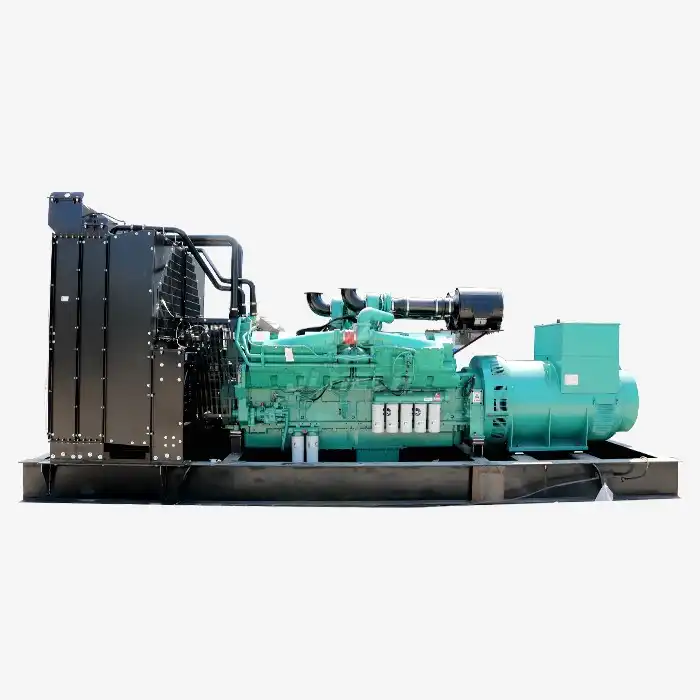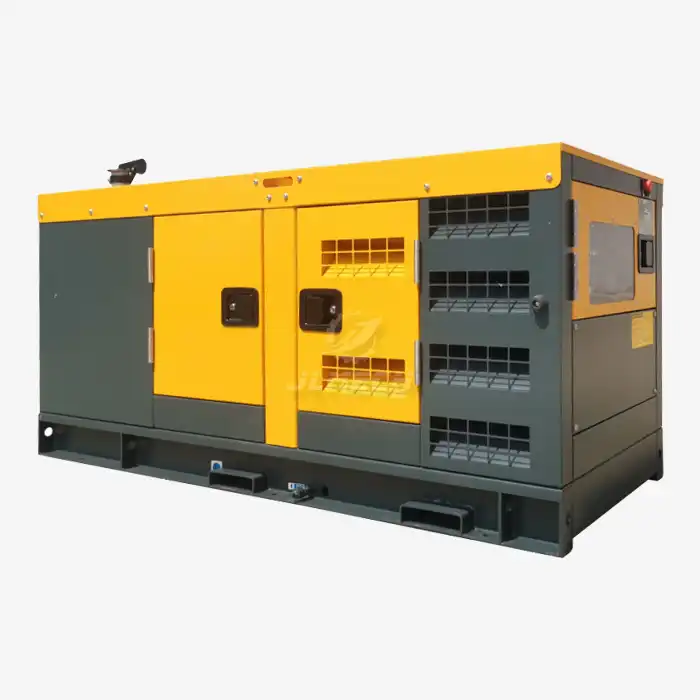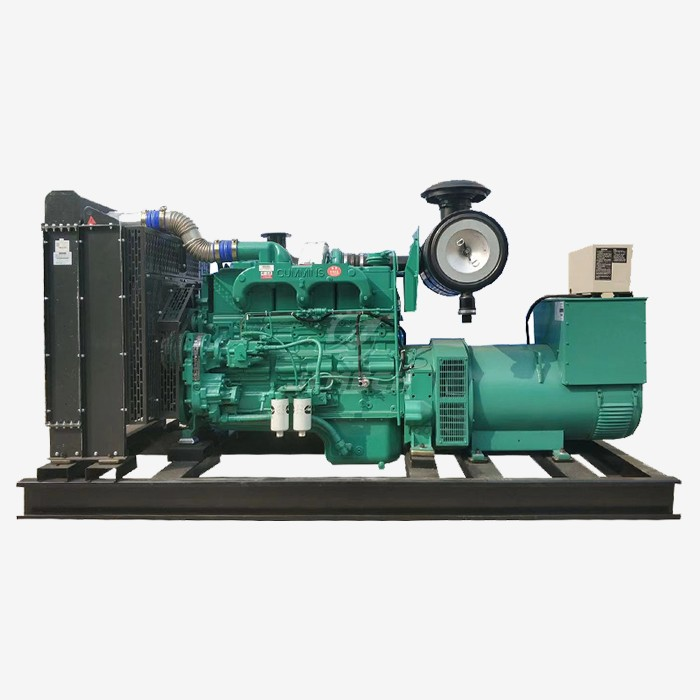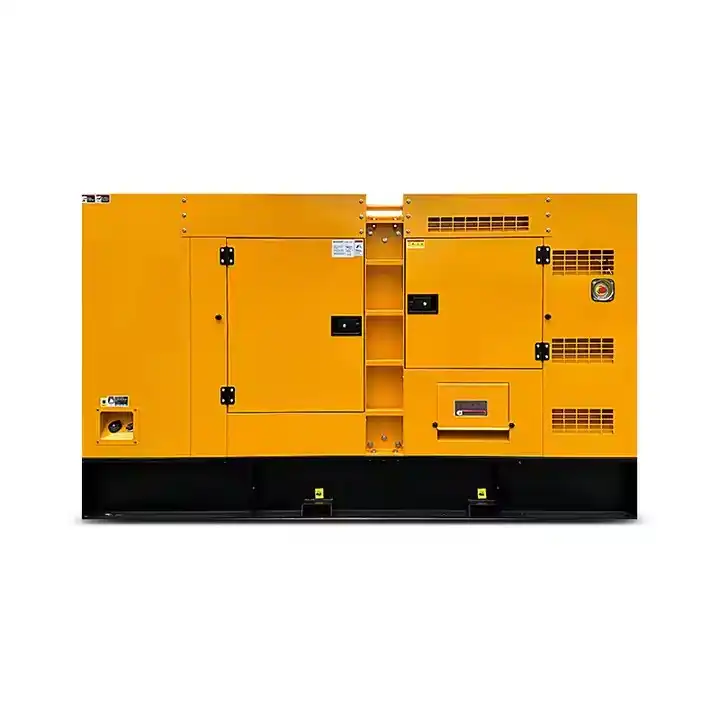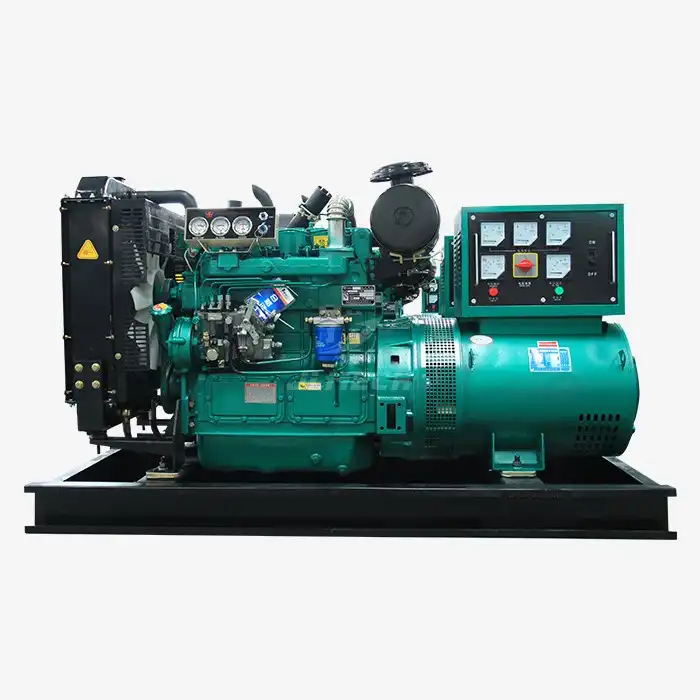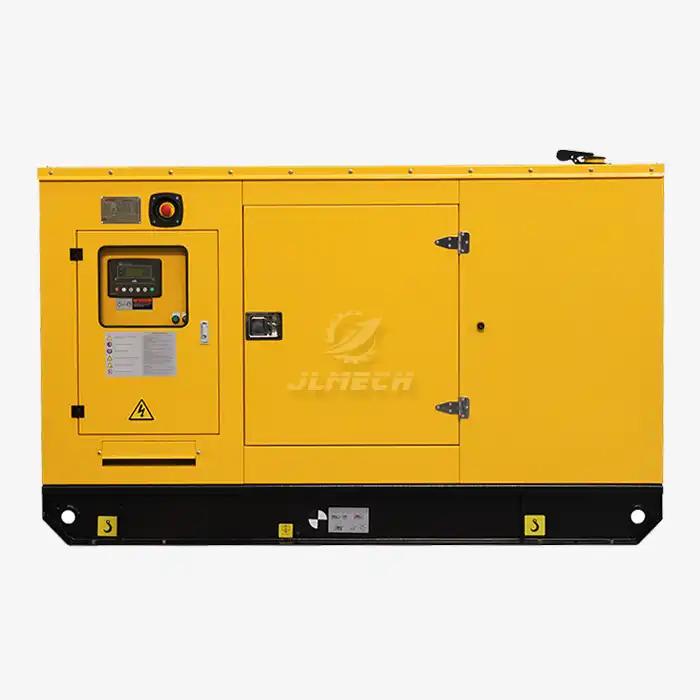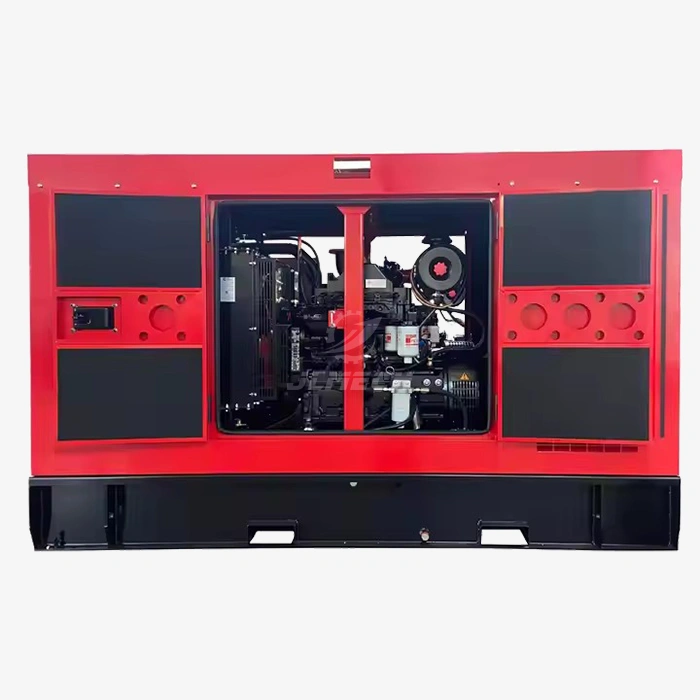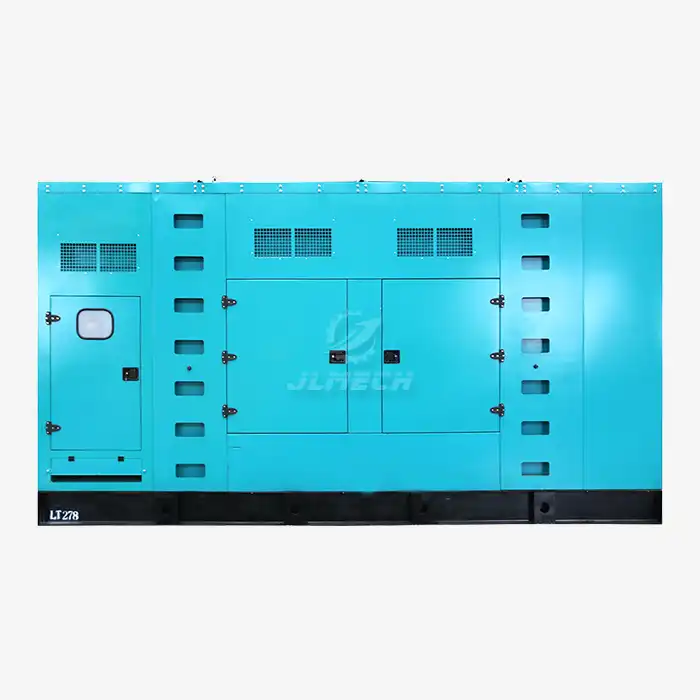liquid cooled diesel generator
A well-maintained liquid cooled diesel generator is fundamentally engineered for extended operation, capable of running continuously for days, weeks, or even indefinitely. The practical limit is not determined by the engine's design but by external factors: primarily the continuous availability of fuel and adherence to scheduled maintenance protocols. This capability makes it the ideal power source for applications where reliability cannot be compromised, and extended uptime is a critical requirement.
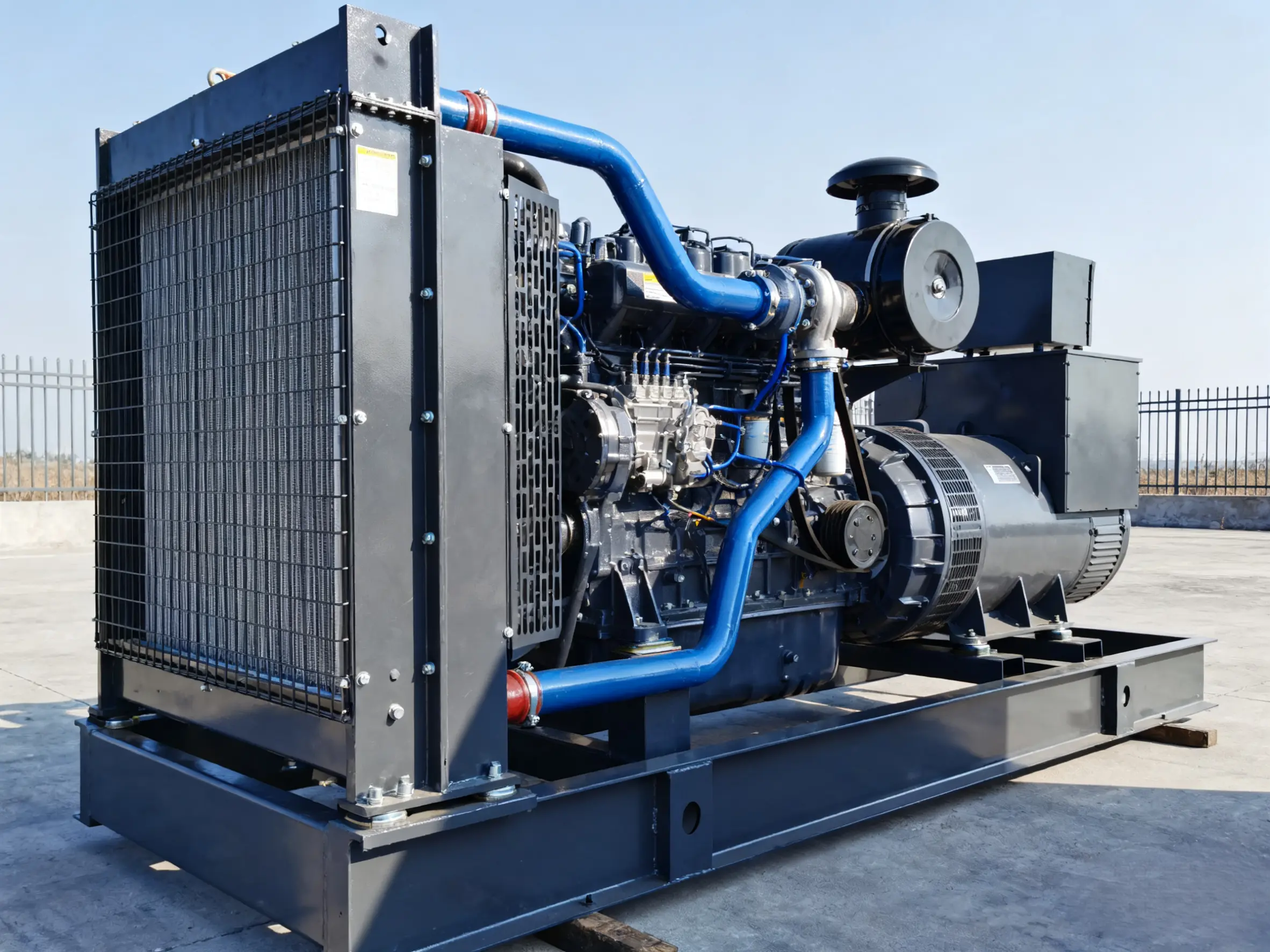
Key Factors Determining Continuous Runtime
Several interconnected factors dictate the safe and practical continuous operation of a generator:
Fuel Supply: This is the most direct limitation. Runtime is a function of fuel consumption at a specific load. A larger base fuel tank extends operation, while auxiliary tanks or automated refueling systems can enable near-indefinite running.
Maintenance Requirements: Continuous operation does not mean bypassing maintenance. Oil and filter changes (oil, fuel, air) are required at intervals specified in hours of operation. Planning these service windows is crucial for uninterrupted power.
Load Profile: Operating at an optimal load (typically 70-80% of its rated capacity) is ideal. Consistently low loads can cause carbon buildup, while overloading causes excessive stress, both of which can shorten engine life and increase maintenance frequency.
Environmental Conditions: Extreme ambient temperatures, high altitude, and dusty environments can force the cooling system to work harder, potentially requiring a reduction in load (derating) and affecting long-term durability.
A liquid cooled diesel generator excels in managing these factors, particularly thermal stress, which is the primary barrier to long-duration operation.
The Engineering Advantage for Extended Operation
Liquid-cooled systems are inherently superior to air-cooled alternatives for continuous duty due to their precise and stable thermal management:
Superior Heat Dissipation: The liquid coolant absorbs heat directly from the engine block and efficiently transfers it to the radiator, maintaining a consistent optimal operating temperature under varying loads and external conditions.
Reduced Thermal Stress: By preventing overheating and maintaining a steady temperature, the engine experiences less wear and fatigue on critical components like pistons, rings, and cylinder heads. This is the core reason a liquid cooled diesel generator can handle thousands of hours of continuous service.
Enhanced Durability: The stable operating environment protects engine components, leading to longer service life and greater reliability over time, which is the foundation for true continuous power potential.
Applications and Real-World Expectations
Different use cases have varying definitions of "continuous" operation, which influences system design:
Prime Power Applications: In mining, remote construction, or agriculture, the generator is the primary power source. It must run for weeks or months, only stopping for planned maintenance. The focus is on robust fuel logistics and on-site maintenance capability.
Mission-Critical Backup: For data centers, hospitals, and water treatment plants, the generator must be ready to start automatically and run indefinitely until grid power is restored. Here, absolute reliability and automated fuel systems are paramount.
Extended Emergency Backup: For large facilities or communities, operation may be required for several days to a week after a major grid failure. A large fuel tank and a robust maintenance schedule are key.
Maximizing Your Generator's Uptime
To achieve the longest possible continuous runtimes, a proactive approach is essential:
Implement a Strict Maintenance Schedule: Adhere to the manufacturer's service intervals based on running hours, not just calendar time.
Invest in Fuel Management: Use fuel polishing systems and biocides to keep large fuel stores clean and stable, preventing filter clogs and injector damage.
Monitor Performance: Utilize remote monitoring systems to track load, engine health, and running hours in real-time, allowing for predictive maintenance.
Right-Size Your System: Ensure the generator is appropriately sized for the load to avoid the problems of chronic under-loading or overloading.
For critical applications, designing a system for indefinite operation requires professional expertise in sizing, fuel storage, and maintenance planning.
Conclusion
A modern liquid cooled diesel generator represents the pinnacle of reliability for continuous power generation. Its engineered cooling system allows it to operate far beyond the capabilities of air-cooled units, limited ultimately only by fuel supply and a disciplined maintenance regimen. Whether for prime power in a remote location or as a failsafe backup for critical infrastructure, it provides the peace of mind that comes with proven, durable performance.
At JLMECH, we combine extensive expertise in power generation with an unwavering commitment to quality and performance. Our engineering team specializes in designing and manufacturing reliable liquid cooled diesel generator systems built for the most demanding continuous-duty applications.
Contact our experts to configure a continuous power solution tailored to your operational demands. Email us at skala@whjlmech.com for a consultation and learn more about our industrial-grade generator systems.
References
International Organization for Standardization. (2018). *ISO 8528-5: Reciprocating internal combustion engine driven alternating current generating sets - Part 5: Generating sets*.
National Fire Protection Association. (2022). NFPA 110: Standard for Emergency and Standby Power Systems.
Johnson, M. (2022). Emergency Power Systems: A Comprehensive Guide to High-Speed Diesel Generators. Power Engineering Quarterly, 45(3), 78-92.
Peterson, W. R. (2021). Diesel Generator Maintenance: Best Practices for Reliability. Power Engineering Journal, 39(2), 45-58.



